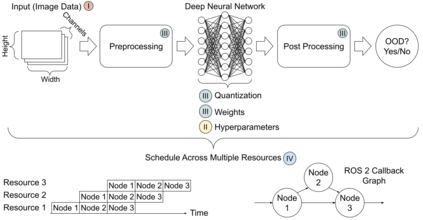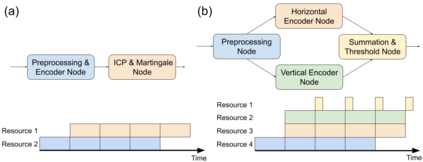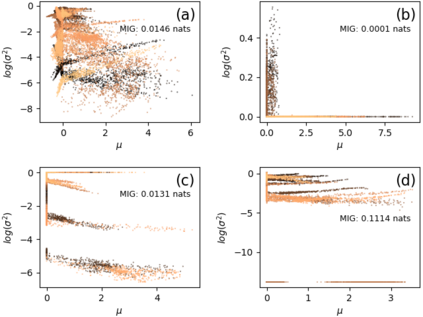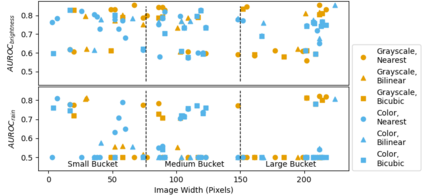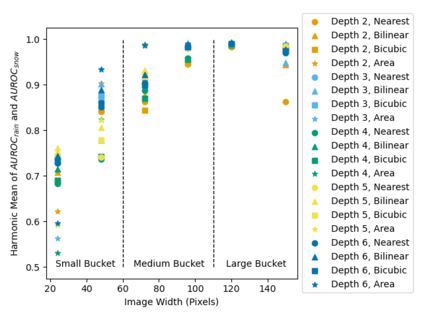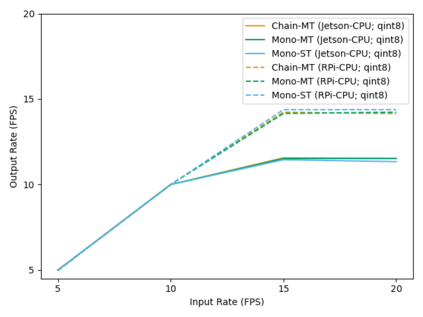When machine learning (ML) models are supplied with data outside their training distribution, they are more likely to make inaccurate predictions; in a cyber-physical system (CPS), this could lead to catastrophic system failure. To mitigate this risk, an out-of-distribution (OOD) detector can run in parallel with an ML model and flag inputs that could lead to undesirable outcomes. Although OOD detectors have been well studied in terms of accuracy, there has been less focus on deployment to resource constrained CPSs. In this study, a design methodology is proposed to tune deep OOD detectors to meet the accuracy and response time requirements of embedded applications. The methodology uses genetic algorithms to optimize the detector's preprocessing pipeline and selects a quantization method that balances robustness and response time. It also identifies several candidate task graphs under the Robot Operating System (ROS) for deployment of the selected design. The methodology is demonstrated on two variational autoencoder based OOD detectors from the literature on two embedded platforms. Insights into the trade-offs that occur during the design process are provided, and it is shown that this design methodology can lead to a drastic reduction in response time in relation to an unoptimized OOD detector while maintaining comparable accuracy.
翻译:当机器学习(ML)模型在培训分布之外提供数据时,它们更有可能作出不准确的预测;在网络物理系统中,这可能导致灾难性的系统故障;为减轻这一风险,分配外(OOD)探测器可以与ML模型和标志输入平行运行,可能导致不良结果。虽然对OOD探测器的准确性进行了仔细研究,但对向资源有限的CPS部署OD探测器的关注较少。在这项研究中,提议了一种设计方法,以调和深 OOOD探测器,满足嵌入应用程序的准确性和反应时间要求。该方法使用遗传算法优化探测器预处理管道,并选择一种平衡稳健性和反应时间的定量方法。它还确定了机器人操作系统(ROS)下的若干候选任务图,用于部署选定的设计。该方法在两个嵌入平台的文献中以OODD探测器为基础的两个变式自动电解码探测器上得到了演示。在设计过程中出现的交易和反应时间要求中进行了透视。该方法使用基因算法来优化探测器的预处理管道和预处理管道,并选择平衡稳健和反应时间的方法。该方法在机械操作操作中可以对时间进行对比。

